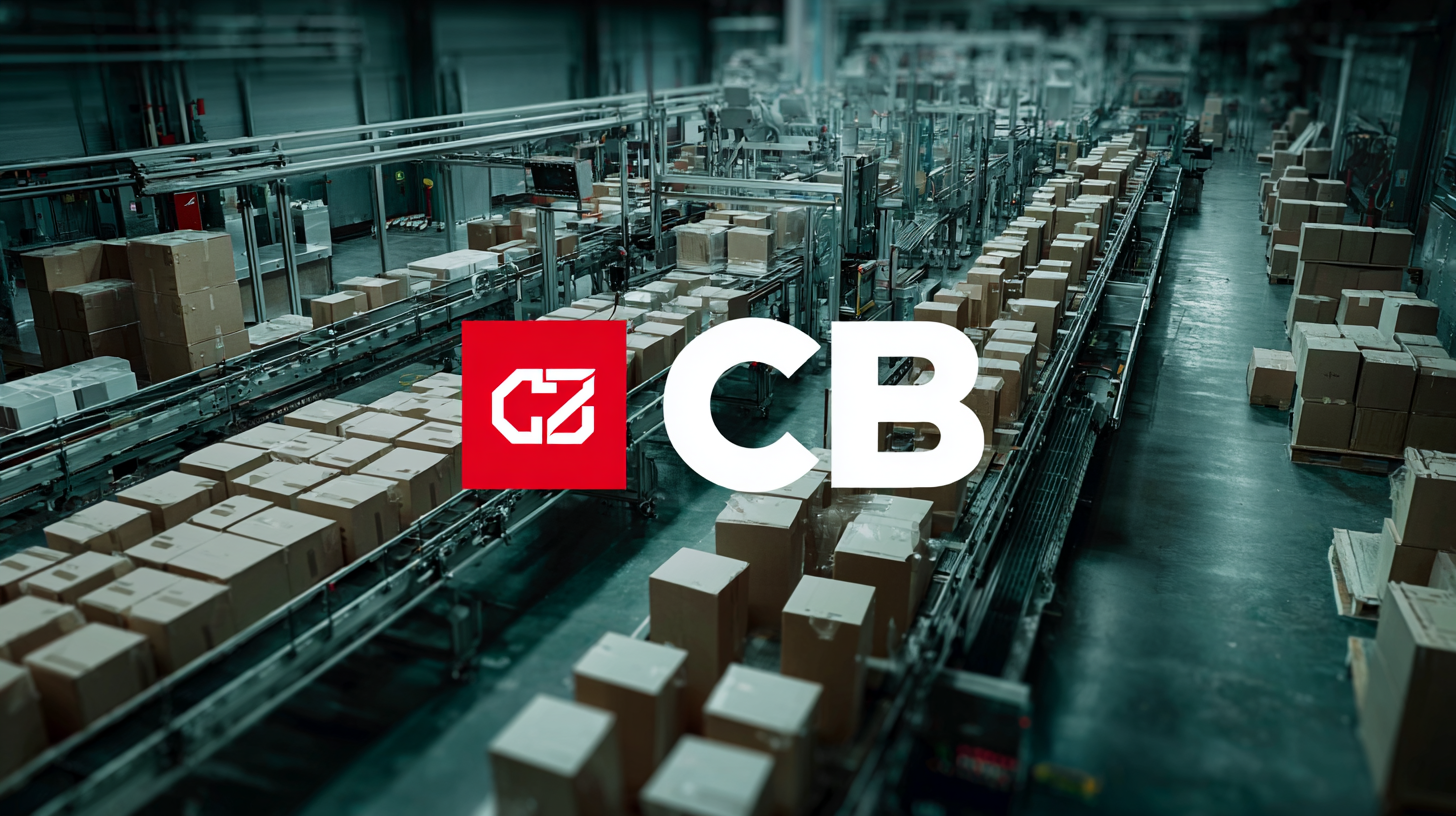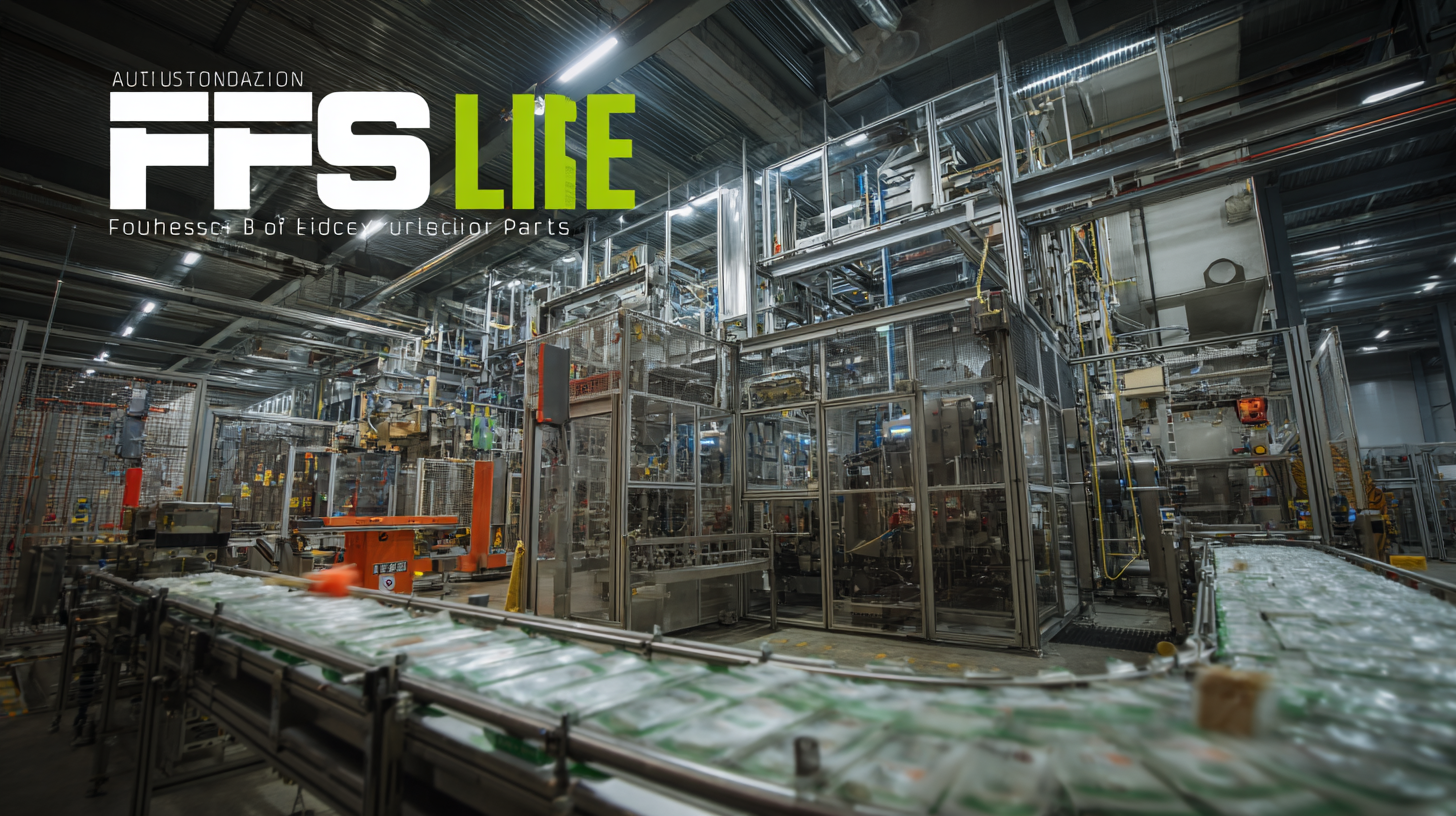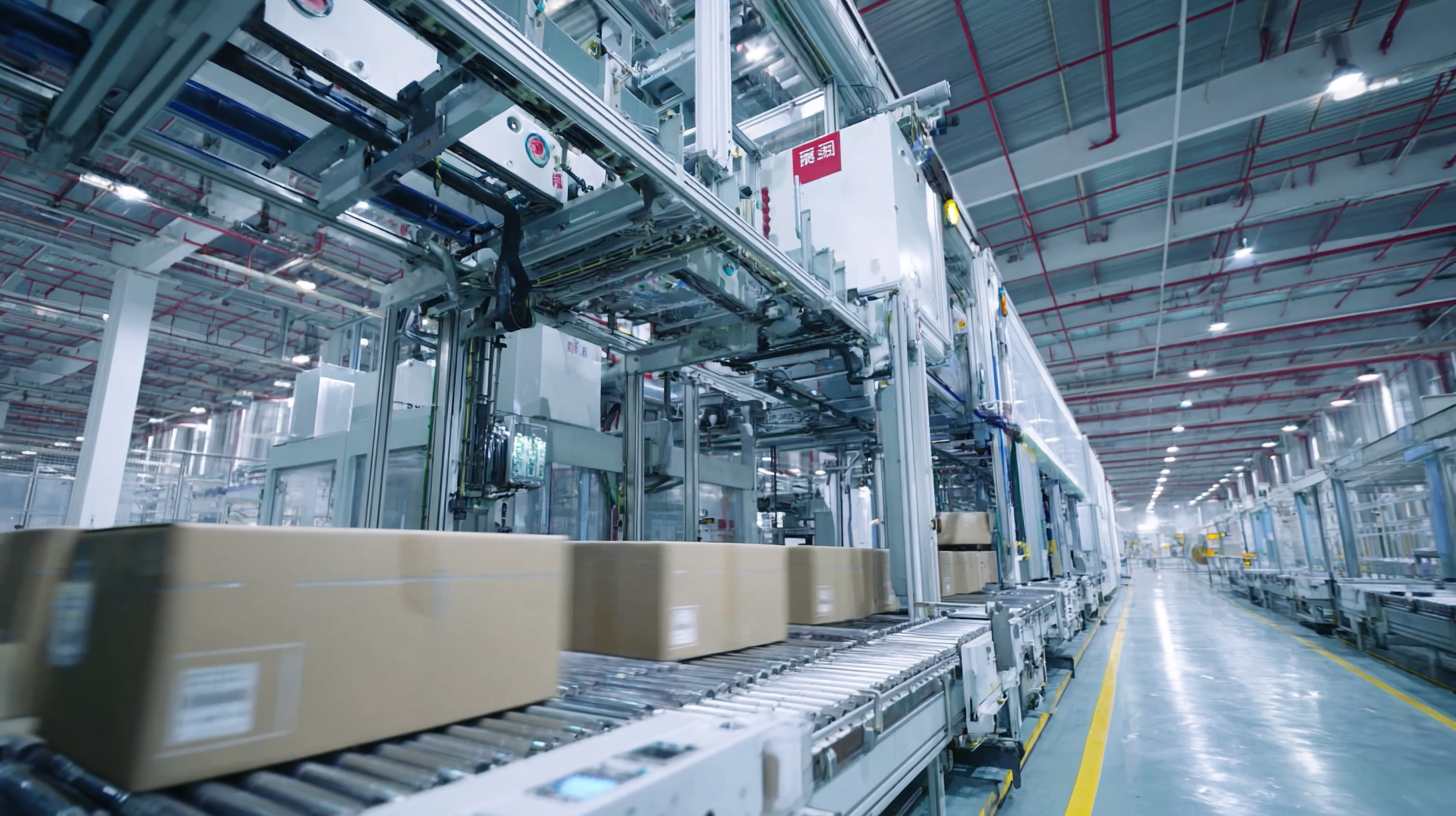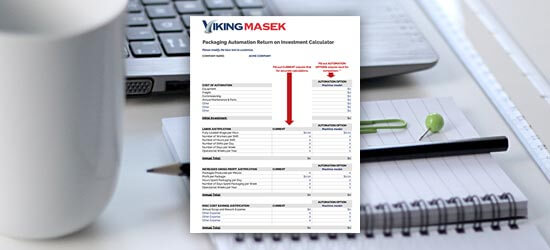
Explore the Excellence of China's Leading Factory with the Best Automated Packaging Line for Global Markets
In today's fast-paced global market, the demand for efficient and reliable packaging solutions has surged, emphasizing the importance of an effective Automated Packaging Line. According to a recent report by Smithers Pira, the global packaging market is projected to reach $1 trillion by 2024, with automation playing a critical role in enhancing productivity and maintaining quality standards.

Businesses are increasingly recognizing that investing in advanced automated packaging systems can significantly reduce operational costs while improving overall throughput. As companies seek to streamline their manufacturing processes and reduce time to market, finding a high-quality supplier for these automated solutions is essential.
This blog will guide you through essential strategies and a comprehensive checklist for identifying and selecting top-tier suppliers in China, ensuring that your investment in an Automated Packaging Line aligns with international market demands and enhances your competitive edge.
The Competitive Edge of China's Leading Factory in Automated Packaging
In recent years, the automated packaging industry in China has witnessed significant growth, driven by advancements in technology and an increasing demand for efficiency. As companies strive to enhance their competitive edge, the need for sophisticated packaging lines has become paramount. The market is categorized by materials—such as plastic, paper, and metal—and product types, including boxes, bags, and barrels. This industry transformation is fueled by heightened consumer expectations and the push for sustainability, urging manufacturers to adopt innovative packaging solutions.
Tips: When exploring automated packaging solutions, consider the type of products you handle and the materials that best fit your brand’s ethos. Additionally, investing in a flexible packaging line can accommodate varying production needs while maximizing efficiency.
The rise of 3C (computer, communication, consumer electronics) has emerged as a new growth point for robotics companies, complementing the automotive sector. With a staggering market value exceeding 4 trillion yuan in China, businesses are leveraging robotic automation to streamline assembly, testing, and packaging processes. This not only improves productivity but also sets a new standard for quality in the fast-paced electronics market.
Tips: Embracing automation in your packaging process can significantly reduce labor costs and minimize errors. Evaluate your packaging needs regularly to adapt to market trends and maintain a competitive edge.
Explore the Excellence of China's Leading Factory with the Best Automated Packaging Line for Global Markets
| Dimension | Description | Value |
|---|---|---|
| Production Capacity | Maximum number of packages produced per hour | 3000 packages |
| Automation Level | Percentage of automated processes in packaging | 90% |
| Market Reach | Number of countries served | 25 countries |
| Quality Standards | International quality certifications obtained | ISO 9001, HACCP |
| Lead Time | Average time from order to delivery | 14 days |
| Employee Training | Hours spent on employee training annually | 2000 hours |
Cost Efficiency: Analyzing After-Sales Service Benefits in Packaging Solutions
In the competitive landscape of global packaging solutions, cost efficiency is a pivotal element that dictates the success of manufacturing businesses. A recent industry report by Smithers Pira indicates that companies can save up to 15% on operational costs through optimized after-sales service in automated packaging lines. These services not only reduce downtime through timely maintenance but also enhance the overall performance of packaging equipment, ensuring that businesses maximize their ROI.
Furthermore, advanced after-sales service packages often include regular training for operators. According to a study by Freedonia Group, firms that invest in operator training alongside service contracts can reduce packaging error rates by as much as 20%. This not only translates to lower waste and increased productivity but also fosters a skilled workforce that can adapt swiftly to evolving market demands. As global markets continue to shift, leveraging comprehensive after-sales support will be a strategic advantage, positioning companies to respond efficiently to changes while maintaining cost efficiency in their operations.

Predicting Trends: The Future of Automation in Packaging for Global Markets
As the global market continues to evolve, the future of automation in packaging is poised for remarkable growth. According to industry reports, the global packaging machinery market is expected to increase from $42.13 billion in 2019 to $70.23 billion by 2032, reflecting a compound annual growth rate of 2.4%. This trend underscores the importance of automated solutions as manufacturers and suppliers strive to enhance efficiency, reduce costs, and meet the rising consumer demand for convenience.

In tandem, the logistics robotics market is predicted to witness a substantial leap from $71.1 billion in 2022 to $210.1 billion by 2029, representing a staggering compound annual growth rate of 16.7%. The integration of advanced robotics into packaging processes not only streamlines operations but also enhances precision and safety within the manufacturing environment. With significant investments directed towards automation technologies, companies are prioritizing the development of smart, flexible systems that cater to diverse market needs, ultimately transforming the landscape of global packaging and logistics.
Maintenance Management: Balancing Repair Costs and Operational Efficiency
In the quest for operational efficiency, maintenance management plays a pivotal role, especially in a leading factory with an advanced automated packaging line. Striking the right balance between repair costs and productivity is essential for staying competitive in global markets. Regular maintenance not only minimizes downtime but also extends the lifespan of equipment, thereby reducing long-term expenditures. By implementing a proactive maintenance strategy that includes regular inspections and timely repairs, the factory can ensure that its automated systems run smoothly, ultimately leading to increased output and enhanced product quality.
Furthermore, the integration of smart technologies within the maintenance management process is revolutionizing how factories operate. Predictive maintenance, powered by data analytics, allows for timely interventions before failures occur, significantly decreasing unexpected repair costs. By analyzing performance data, the factory can identify patterns and optimize maintenance schedules accordingly. This not only maximizes operational efficiency but also ensures that the automated packaging line remains at the forefront of innovation, enabling the factory to meet the evolving demands of global markets while maintaining a firm grip on costs.
Innovative Technologies: Enhancing Packaging Lines for Global Demand
In today's competitive global market, the demand for efficient and innovative packaging solutions is at an all-time high. According to a recent report from Smithers Pira, the global packaging market is projected to reach $1 trillion by 2024, driven by the growing e-commerce sector and the need for sustainable practices. This surge is prompting leading factories in China to adopt advanced automated packaging lines that not only enhance efficiency but also cater to the diverse needs of international clients.
The incorporation of technologies such as AI, robotics, and IoT into packaging processes has revolutionized how products are packed and shipped. For instance, factories utilizing automated systems can achieve production rates up to 300 packaging cycles per minute, significantly reducing labor costs and minimizing human errors. Furthermore, these technologies allow for real-time monitoring of production lines, ensuring quality control and swift adjustments to meet fluctuating market demands. As multinational corporations increasingly seek suppliers who can balance speed with sustainability, China's leading factories are at the forefront of this innovation, setting benchmarks in automated packaging solutions for a global audience.


